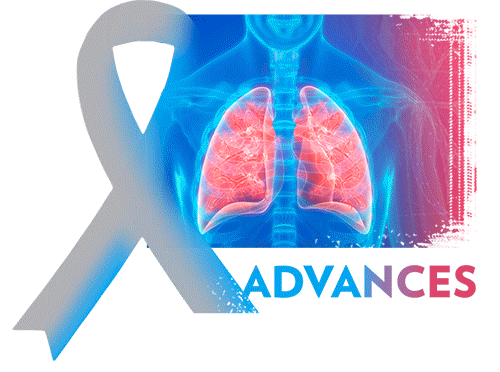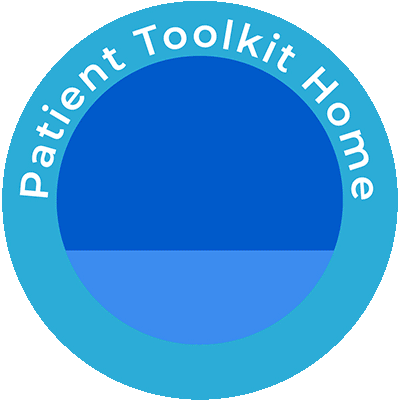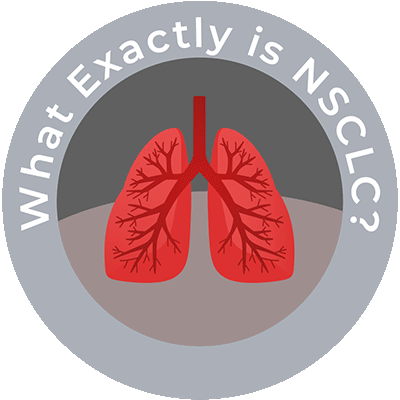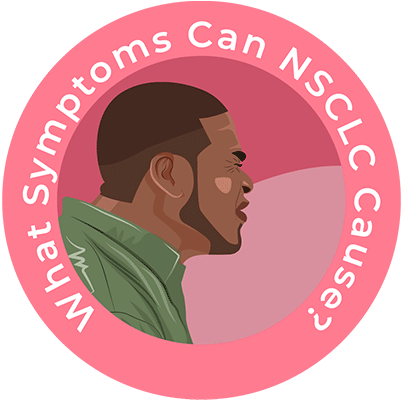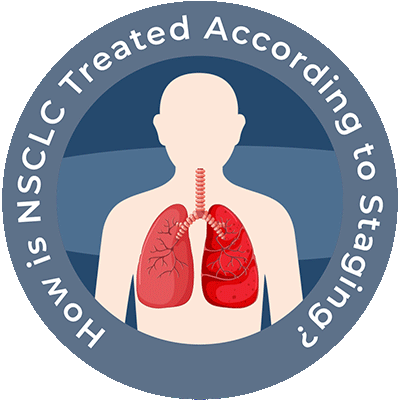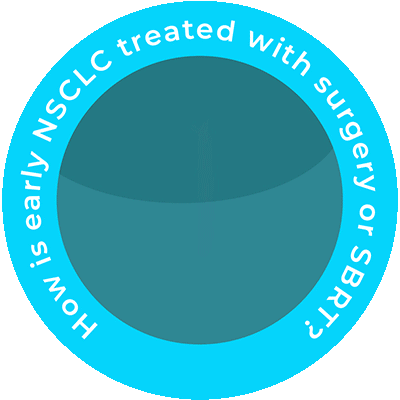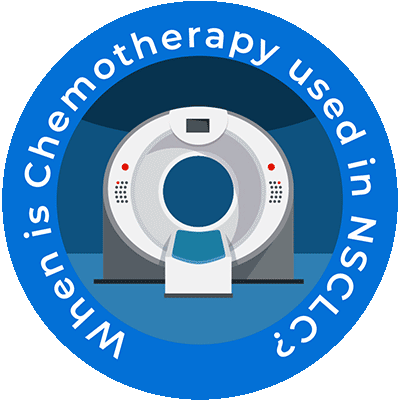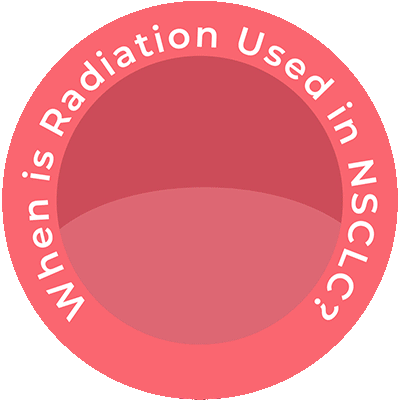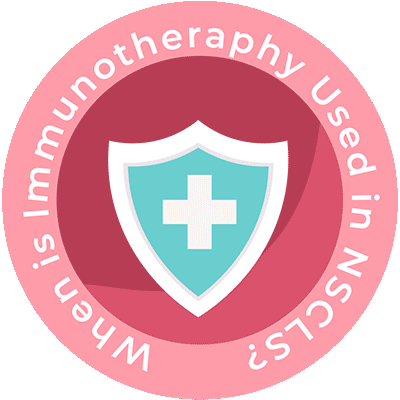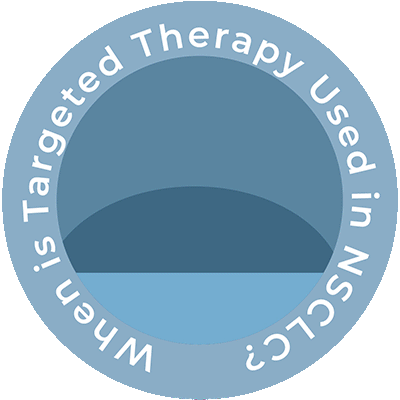How is early non-small cell lung cancer treated with surgery or SBRT?
Usually, cancers that are limited to a small area of the chest are best treated with a local treatment to remove or kill the entire tumor. Surgery and stereotactic body radiation therapy (SBRT) also known as stereotactic ablative radiotherapy (SABR) are forms of local treatment. Surgery to remove the cancer may be the best option for early NSCLC, if the tumor is small. Surgery is generally more effective than SBRT in removing all the cancer, but not everyone can safely tolerate surgery, or some individuals may opt for a non-surgical approach.
Surgery
Different operations can be used to treat (and possibly cure) NSCLC. With any of these operations, nearby lymph nodes are also removed to look for possible spread of the cancer. Surgery will require general anesthesia (where you are in a deep sleep) and are usually done through a large surgical incision between the ribs in the side of the chest or the back (called a thoracotomy).
- Pneumonectomy: This surgery removes an entire lung. This might be needed if the tumor is close to the center of the chest.
- Lobectomy: The lungs are made up of 5 lobes (3 on the right and 2 on the left). In this surgery, the entire lobe containing the tumor(s) is removed. If it can be done, this is often the preferred type of operation for NSCLC.
- Segmentectomy or wedge resection: Only part of a lobe is removed—just diseased lung tissue, while leaving as much healthy lung tissue untouched. This approach might be used if a person wouldn’t have enough normal lung function if a whole lobe were removed.
- Sleeve resection: This operation may be used to remove some cancers in the large airways in the lungs. If you think of the large airway with a tumor as similar to the sleeve of a shirt with a stain a few inches above the wrist, the sleeve resection would be like cutting across the sleeve (airway) above and below the stain (tumor) and then sewing the cuff back onto the shortened sleeve. A surgeon may be able to do this operation instead of a pneumonectomy to preserve more lung function.
The type of operation your doctor recommends depends on the size and location of the tumor and on how well your lungs are functioning. Doctors often prefer to do a more extensive operation (for example, a lobectomy instead of a segmentectomy) if a person’s lungs are healthy enough, as it may provide a better chance to cure the cancer.
When you wake up from surgery, you will have a tube (or tubes) coming out of your chest and attached to a special container to allow excess fluid and air to drain out. The tube(s) will be removed once the fluid drainage and air leak slow down. Generally, you will need to spend 5 to 7 days in the hospital after the surgery.
Other options include stereotactic radiotherapy, chemotherapy (drugs that kill fast growing cells, including the cancer cells), radiation therapy (high energy x-rays), immunotherapy (drugs that use your own immune system to kill the cancer) and targeted therapies (drugs that kill the cancer cells at the DNA level). These treatments, also known as systemic therapies, can be used to reduce the chance of the cancer returning after surgery (known as adjuvant therapies) or as the main treatment in patients who don’t have surgery. If systemic therapies are given before surgery this is known as “neo-adjuvant.”
Stereotactic Radiotherapy
Stereotactic ablative radiotherapy (SABR), also known as stereotactic body radiation therapy (SBRT), is a highly focused type of external beam radiation treatment that gives an intense dose of radiation concentrated on a tumor, while limiting the dose to the surrounding organs. It has become a treatment of choice for many people with limited volume tumors for whom surgery may not be an optimal treatment.
Instead of giving a small dose of radiation each day for several weeks, SBRT uses very focused beams of high-dose radiation given in fewer (usually 1 to 5) treatments. Several beams are aimed at the tumor from different angles. To target the radiation precisely, you are put in a specially designed body frame for each treatment. This reduces the movement of the lung tumor during breathing.
